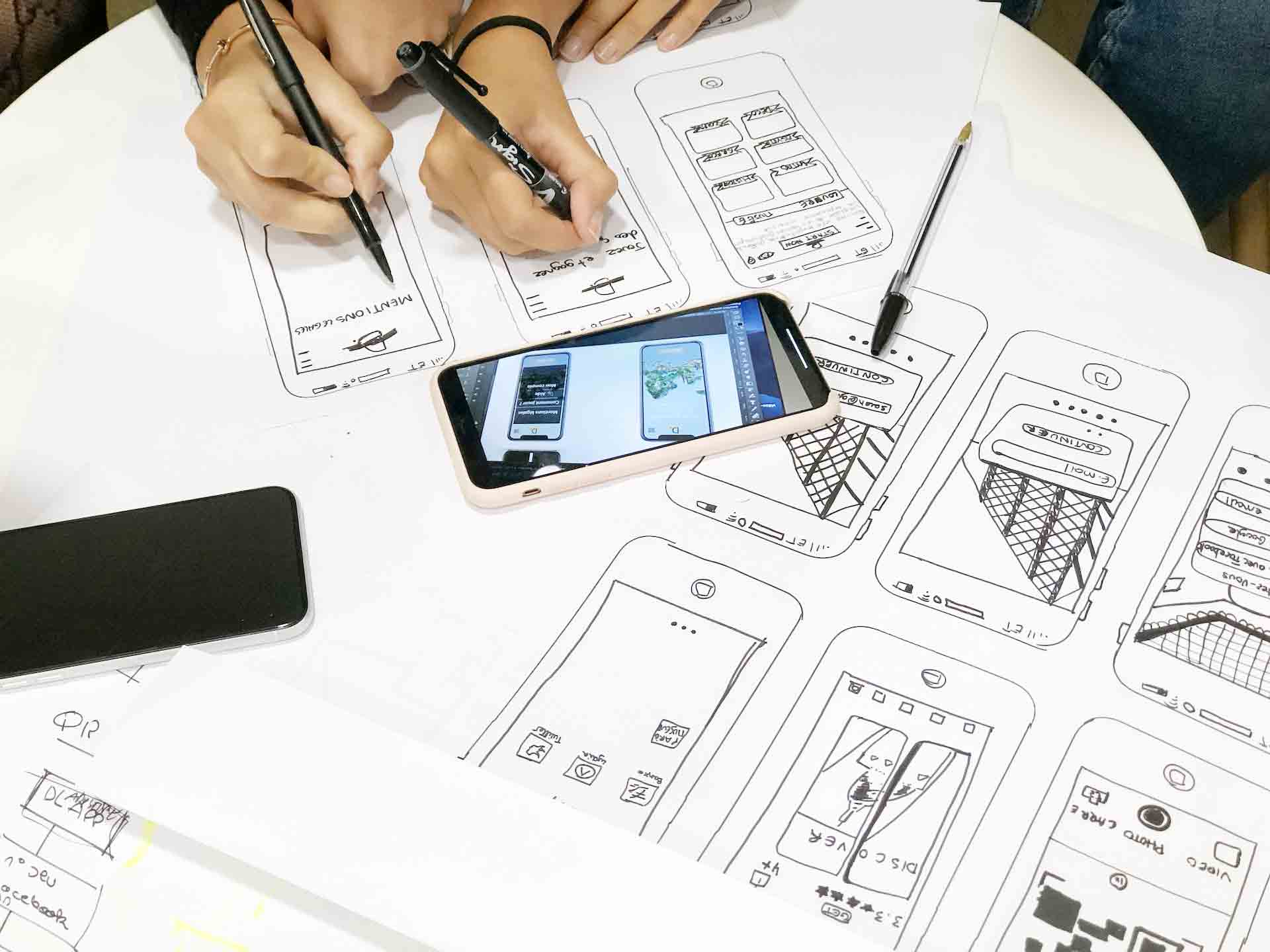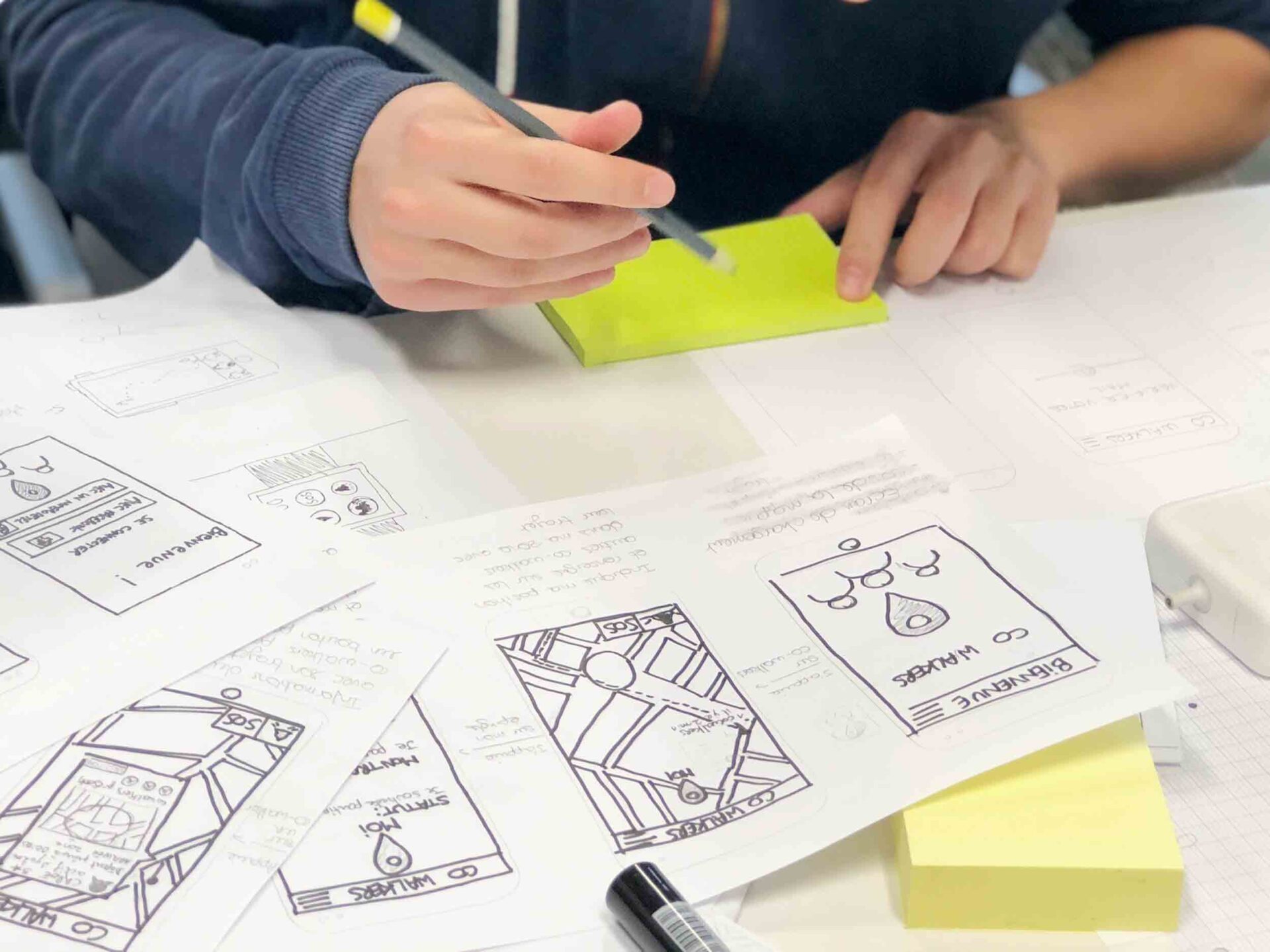The iterative design methodology is a process of versioning and refinement in the development of digital products. It seeks to create the best possible user experience by iteratively applying design principles, testing assumptions and refining its design based on user feedback. Repeating this process over time allows designers to learn from fractions found in the interface design and optimize each successive version of the product in terms of usability, accessibility, performance, scalability etc. Ultimately, this process of iterations leads to better user experience designs for end users. The iterative design method ensures that products are constantly improved based on user feedback and research insights to deliver the best possible customer experience. As such, iterative design can be considered an important part of any successful product strategy.

When working on UI design, early user testing is critical to the successful implementation of iterative design, as it provides a framework for creating UI elements that can be refined for continuous improvement. In this stage of the process, UI designers must understand user goals, context and use cases in order to develop effective UI designs that meet user needs. Additionally, UI Designers should consider usability principles when designing products in order to ensure an optimized user experience, its accessibility and inclusion. Finally, it is essential to test UI designs with actual users and refine them based on their feedback before releasing any product updates or changes. Through this process of constant iteration and refinement, UX Designers can ensure that the product delivers an optimal user experience.
In digital product design, user testing is an important factor. It’s the begining of any UX research. Helping identify areas of improvement and providing an optimized user experience and product outcomes. User testing involves collecting feedback from people who have interacted with digital products, such as websites, apps, or software. This feedback can be gathered through surveys, interviews, focus groups, and other methods. By understanding how users interact with digital products and their perceptions of the experience, organizations can make informed decisions about how to improve their digital products for maximum usability and satisfaction.

User tests provide valuable insights into digital product performance that help inform design teams on where best to invest resources to ensure optimal user experiences. Through user tests, companies can also measure customer satisfaction levels and identify opportunities for further optimization.
Overall, user testing is essential for digital product design. It provides valuable insights that help inform decisions and optimize digital products for maximum usability and satisfaction. By understanding how users interact with digital products, organizations can develop improved solutions that better meet their needs. User testing also helps identify areas of improvement so digital products can reach their full potential. With the right user testing strategy in place, digital products are sure to reach success. Ultimately, the iterative design methodology can help UI Designers deliver great digital experiences by allowing designers to prototype.
To sum up, an iterative design method is an essential tool for UX designers as it provides a framework to systematically test, refine and improve user interface designs in order to create the best possible user experience. By capturing user needs, expectations and feedback, iterative design can help create products tailored to the users’ specific needs and wants—while also considering the changing requirements of stakeholders. As such, the iterative design ensures that whatever product is created will be efficient, effective and user-friendly. With this powerful methodology in place, UX designers can guarantee that end users will have a great experience when interacting with their digital products.









